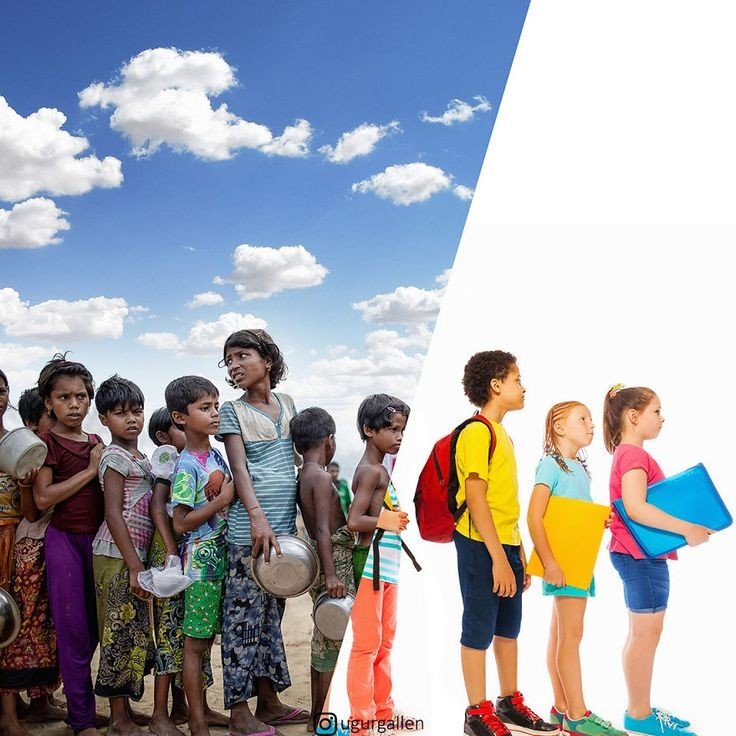Poverty reduction refers to the efforts made to lower the level of poverty in a society, aiming to improve the living standards and economic well-being of individuals, families, and communities. Poverty is a complex issue involving economic, social, and political factors, and addressing it requires a multifaceted approach. The goal of poverty reduction is not only to increase income levels but also to provide people with better access to education, healthcare, housing, and opportunities for social mobility.


